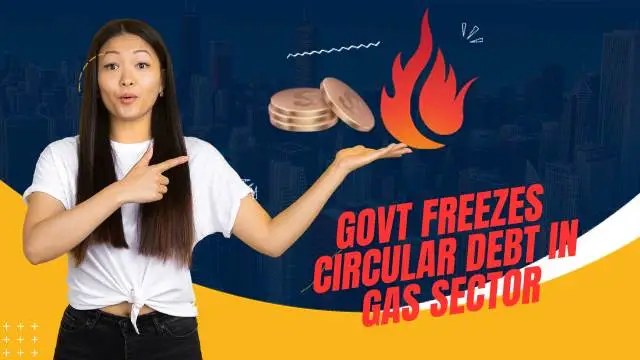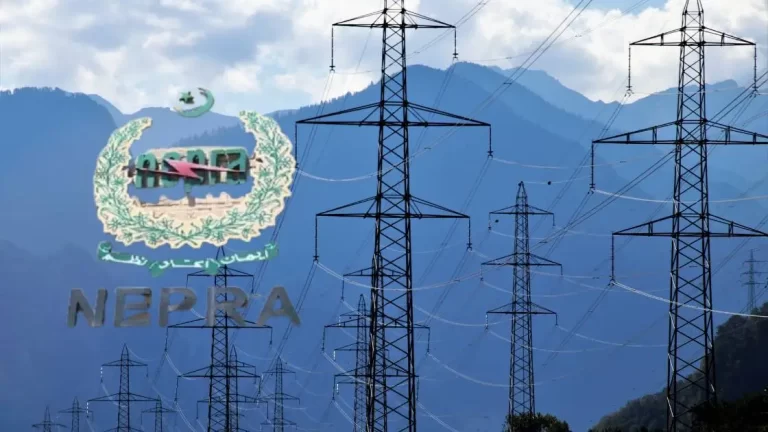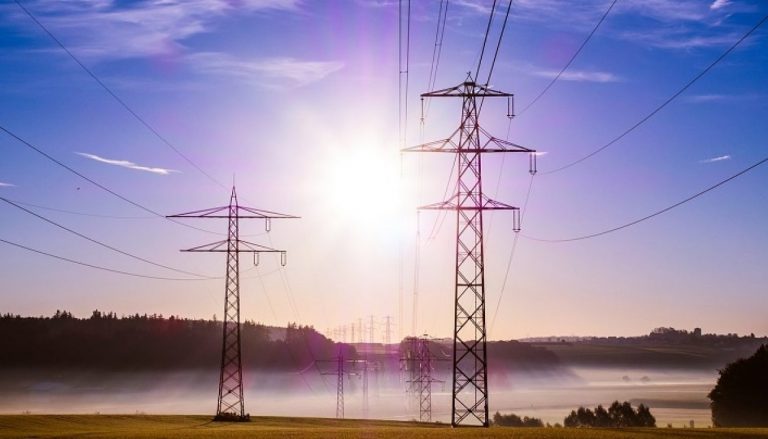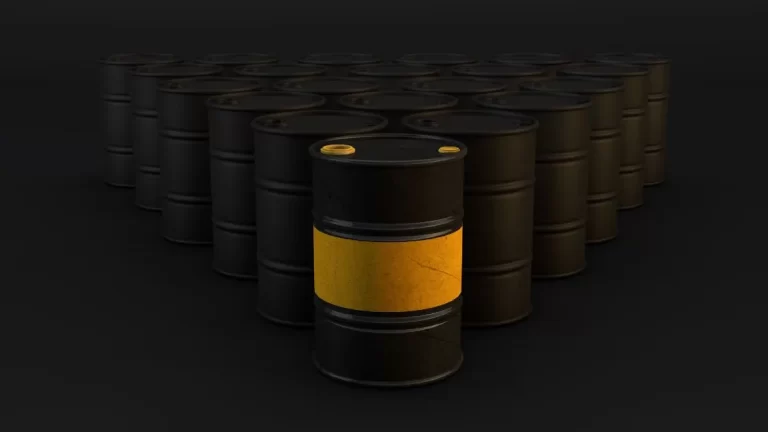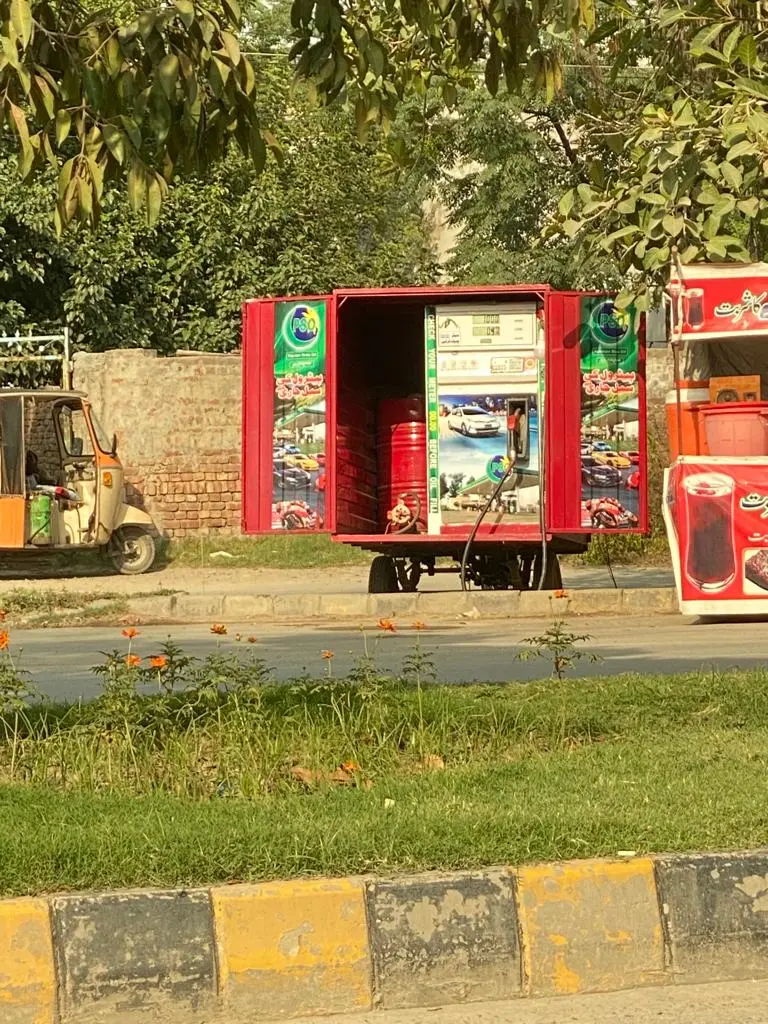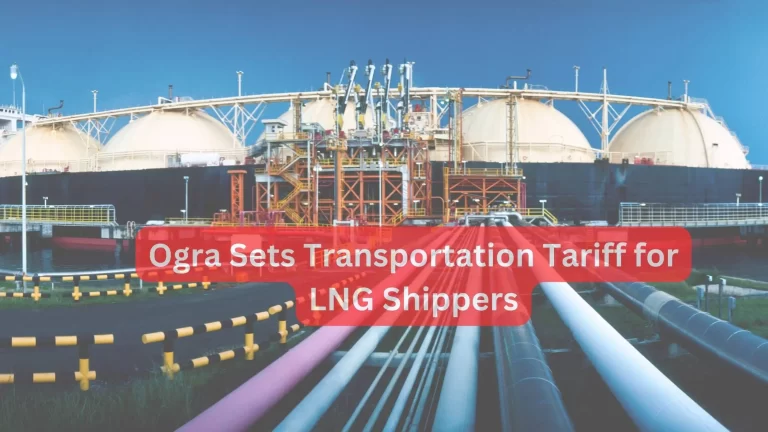Govt Claims to Freeze Circular Debt in Gas Sector
The Energy Sector faces Rs 4.5 trillion circular debt
Staff Report
Caretaker Energy Minister Muhammad Ali on Thursday claimed to freeze circular debt in gas sector following the recent hike in gas prices.
The current circular debt in the entire energy sector stands at Rs 4500 billion without interest payments.
In the gas sector, the existing circular debt is Rs 2100 billion, and Rs 2300 billion in the power sector. He said that the government had already stopped the addition of circular debt in the power sector following a commitment with the International Monetary Fund (IMF).
Govt to Freeze Circular Debt in Gas Sector
He added that there would be no new addition to the circular debt in the gas sector after the recent increase in gas prices. Chinese firm to invest $1.5b in PRL
Responding to a question, he said that the circular debt cost was Rs 400 billion in the power sector due to banks’ borrowing. However, there was a nominal cost of circular debt in the gas sector as the banks’ borrowing was not involved.
While briefing on the recent increase in gas prices, the Energy Minister said that there had been no change at all in the prices of gas supplies during the whole first half of FY 22-23.
The second-half prices only increased from that point forward and did not cover the required RLNG diverted in the domestic segment in winter.
A circular debt of Rs 461 billion was created only in FY 22-23 due to these reasons. Also, it should be noted that the prices increased w.e.f. January 2023 was the first increase in the last 2.5 years, he added.
In case the caretaker government does not proceed to increase prices as per OGRA‘s advice, there shall be a further addition to the circular debt of around PKR 400 billion,” he said.
The gas sector is on the verge of collapsing as E&P companies have funding for continuing exploration, and many have exited the country due to sovereign and province risks.
This is further aggravated by the inability of the Federal government to fund exploration or imported gas.
“As many as 57% of the domestic gas connections fall into the protected category, where there is no increase in gas price,” he said, adding that a fixed bill of Rs. 400 per month is being introduced on account of fixed charges, which is a negligible amount. He said that, in fact, this country cannot afford to give a scarce resource at giveaway prices. It is still ensured that the monthly bill of the protected class does not exceed Rs. 900 on a consumption of 0.9 hm3 in a month.
After the increase in fixed charges from Rs 10 to Rs 400 per month for domestic consumers, there will be a maximum bill of Rs 1300 per month.
The government has completely unchanged the sale price for gas supplies to Roti tandoors because “Roti” is a prime and foremost necessity.
Only 30% of households in Pakistan are availing piped gas. Piped gas is an urban phenomenon and is only available in cities and towns,” he said, adding that the remaining population of the country is either using LPG in cities and towns and biomass, wood, and cow dung in rural areas, with some exceptions.
Gas consumption of 0.9 hm3 is equivalent to 6 LPG cylinders (1 hm3 = 3.5 mmbtu and 1 domestic LPG cylinder = 0.55 hm3), which cumulatively costs around Rs. 18k.
Industry tariffs are set to rationalize gas prices in the North and South regions. Currently, the North region is ring-fenced for RLNG supplies and paying full RLNG prices.
As compared to this, the industry in the South is availing natural gas at Rs. 1,100/mmbtu for export consumers and Rs. 1,200/mmbtu for non-export consumers. SUI South offered a blended rate for captive usage at 75:25 of NG and RLNG, which is around $5.9-6/mmbtu.
There was no level playing field available in the gas tariffs for the industry. Punjab was paying the full RLNG cost, which is $12.5/mmbtu, while the Sindh industry paid 1/3rd of that amount, i.e., Rs. 1,100/mmbtu and Rs. 1,200/mmbtu for export and non-export sectors. There was a different rate being offered to existing consumers and new entrants; the former were getting the natural gas price in the South and a 50:50 blend in the North, but the new entrants could only avail RLNG.
The Energy Minister assured that the recent increase in gas prices would not increase the revolving debt of the petroleum sector.
He continued, “Now there will be no losses in the gas sector,” emphasizing the positive outlook for the gas industry.
He further stated, “International gas companies will not leave the country due to the circular debt of gas,” underlining his commitment to retaining foreign investment.
He also highlighted an initiative aimed at boosting the country’s gas production. “This initiative will increase the country’s gas production,” he declared, indicating a proactive approach to the industry’s growth.
He further added that the petroleum division was also working on a marginal policy to boost the production of indigenous gas.
“The poor have been protected the most by the hike in gas prices,” he said.
The caretaker energy minister said that the government had brought the tariff of the highest gas consumer at par with LPG,” indicating an effort to standardize pricing across different consumer categories.
He said 57 percent of domestic consumers use 31 percent of gas.
“In order not to burden the farmers, the gas price for the fertilizer sector has not been increased,” he said.
Meanwhile, with winter on the horizon, gas consumers braced themselves for double trouble. Minister Muhammad Ali revealed, “In winter, gas will be expensive, and only 8 hours will be available.”
He also added that consumers of gas would have to shift to LPG in the coming years due to the shortage of gas.
He also announced to maintain the ban on new gas connections. “There is no gas in the country for new connections,” he added.
He said that there would be 8-hour gas supply in winter as the gas companies were unable to provide 24-hour gas supply due to the shortage of gas.
He added, “Gas will be available in the morning, afternoon, and evening during the hours of eating and drinking,” outlining a schedule to ensure that essential gas needs were met.
In an effort to address the looming energy crisis, the Caretaker Energy Minister stated that two LNG cargoes have been arranged for December to minimize the gas crisis in the winter season. He said that the government would also order 2 LNG cargoes for January as well.


